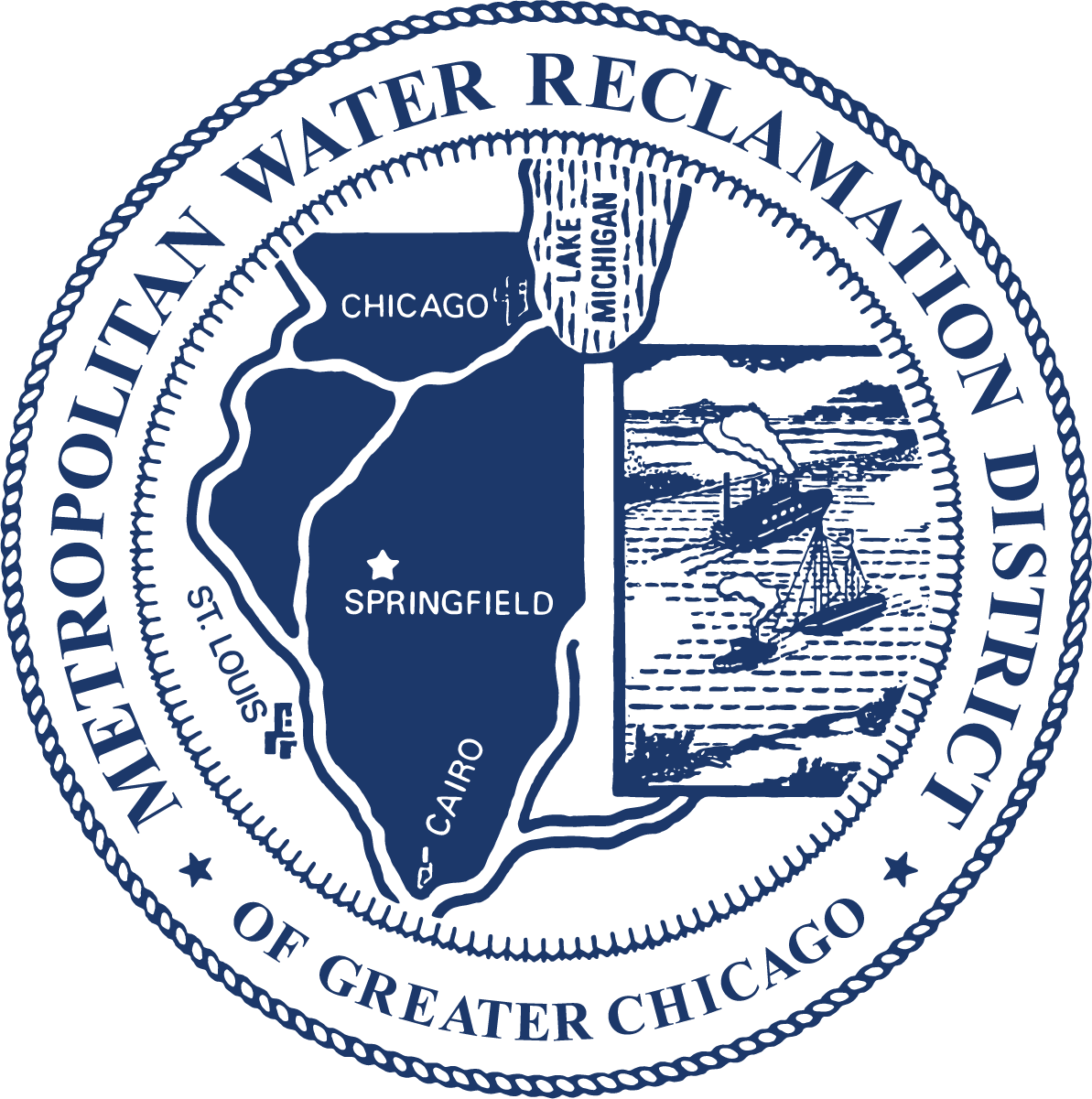You Can Help Prevent Flooding and Protect Water Quality
The MWRD works every day to reduce flooding and improve water quality in our service area and you can help too!
Flooding is natural
The flat landscape of the Chicago region is naturally flood-prone. Much of this area that is now home to over 5 million people was originally marshland with slow-moving rivers and streams that would flood often.
In heavy rainfall today, excess water can contribute to basement backups, street flooding and sewer overflows to waterways. Learn more about how sewers work.
What you can do
Disconnect your downspouts from the sewer
The easiest thing you can do to keep water out of the sewer system is to disconnect downspouts. Direct the water away from your (and your neighbor’s) home so it can soak into the ground.
Sign up for Overflow Action Alerts
Using less water before and during rainstorms is an easy way to make more room in the sewers for stormwater. Every little bit helps! Sign up to receive Overflow Action Alerts from our partnership with the Friends of the Chicago River.
Properly dispose of medications
You can help keep pharmaceuticals from entering our waterways by disposing of unwanted medicine properly.
Install a rain garden
Rain gardens are a type of landscaping that absorbs 30 percent more water than grass. See our Green Neighbor Guide for more information.
Go easy on the road salt
Road salts travel from sidewalks and roads and eventually enter our waterways, where wildlife can be harmed. Using the right amount of salt can make a big difference for our waterways while still maintaining safe roads and sidewalks.
Report waterway blockages
Our stream maintenance crew depends on you to report waterway blockages when you see them.
Report flooding to your municipality
Your municipality owns and operates the neighborhood sewers that your property drains into. These municipal sewers flow into larger MWRD sewers. Your municipality will coordinate flood response efforts and can partner with the MWRD on stormwater management projects.
Don’t litter
Litter from streets often ends up in waterways. Our skimmer boats and debris boats remove thousands of yards of trash and debris from waterways each year.
Plant trees
Trees can soak up rainwater, which helps prevent flooding and improve water quality. A medium-sized oak tree absorbs 2,800 gallons of rainfall per year. Of course trees have many other benefits including producing oxygen, providing cooling shade and habitat for wildlife. You can help Restore the Canopy by planting free native oak saplings.
Use water wisely
Take quicker showers, turn off the water when brushing your teeth, washing your face, or washing dishes by hand. Wash only full loads of laundry and dishes.
Only flush the 3Ps
Only flush pee, poo and toilet paper. Anything else (including flushable wipes) can potentially cause plumbing blockages or basement backups.
Clean up pet waste
Pick up after your dog. Pet waste can be washed into waterways during rain, contributing to pollution.

Virtual Tours

Protecting Water Quality

MWRD Careers




